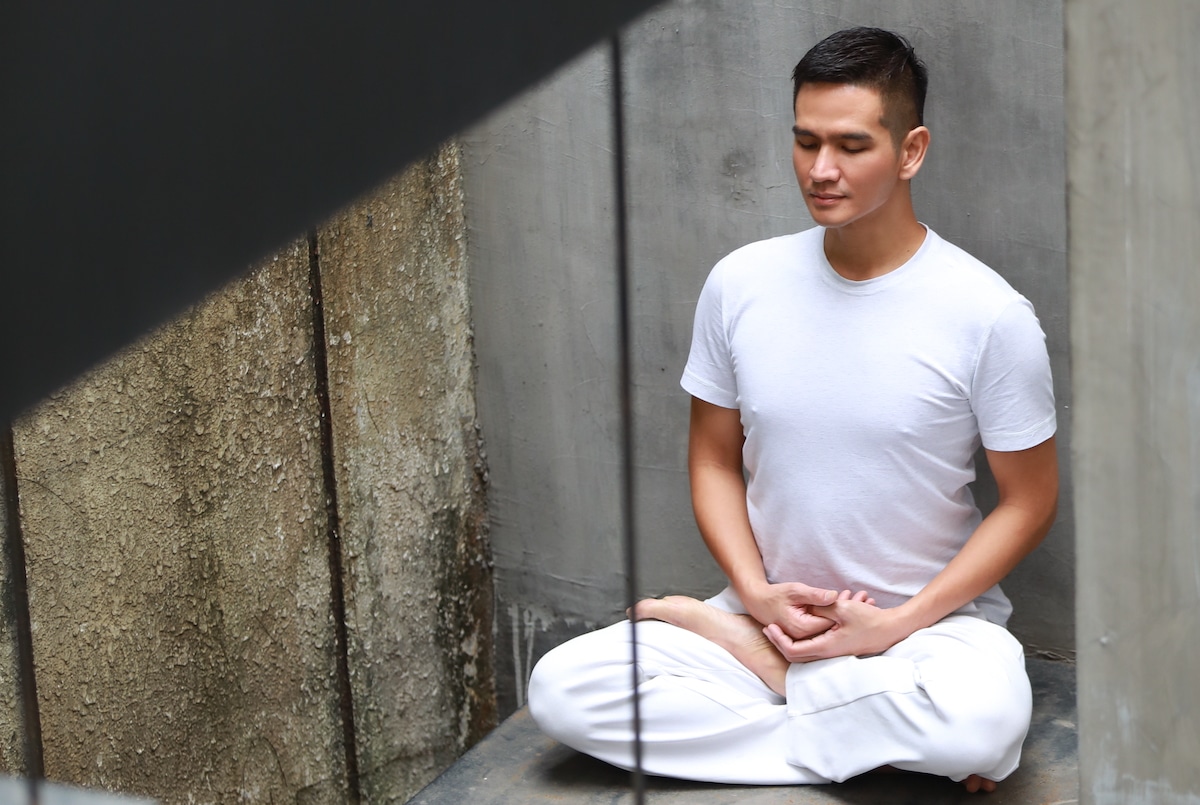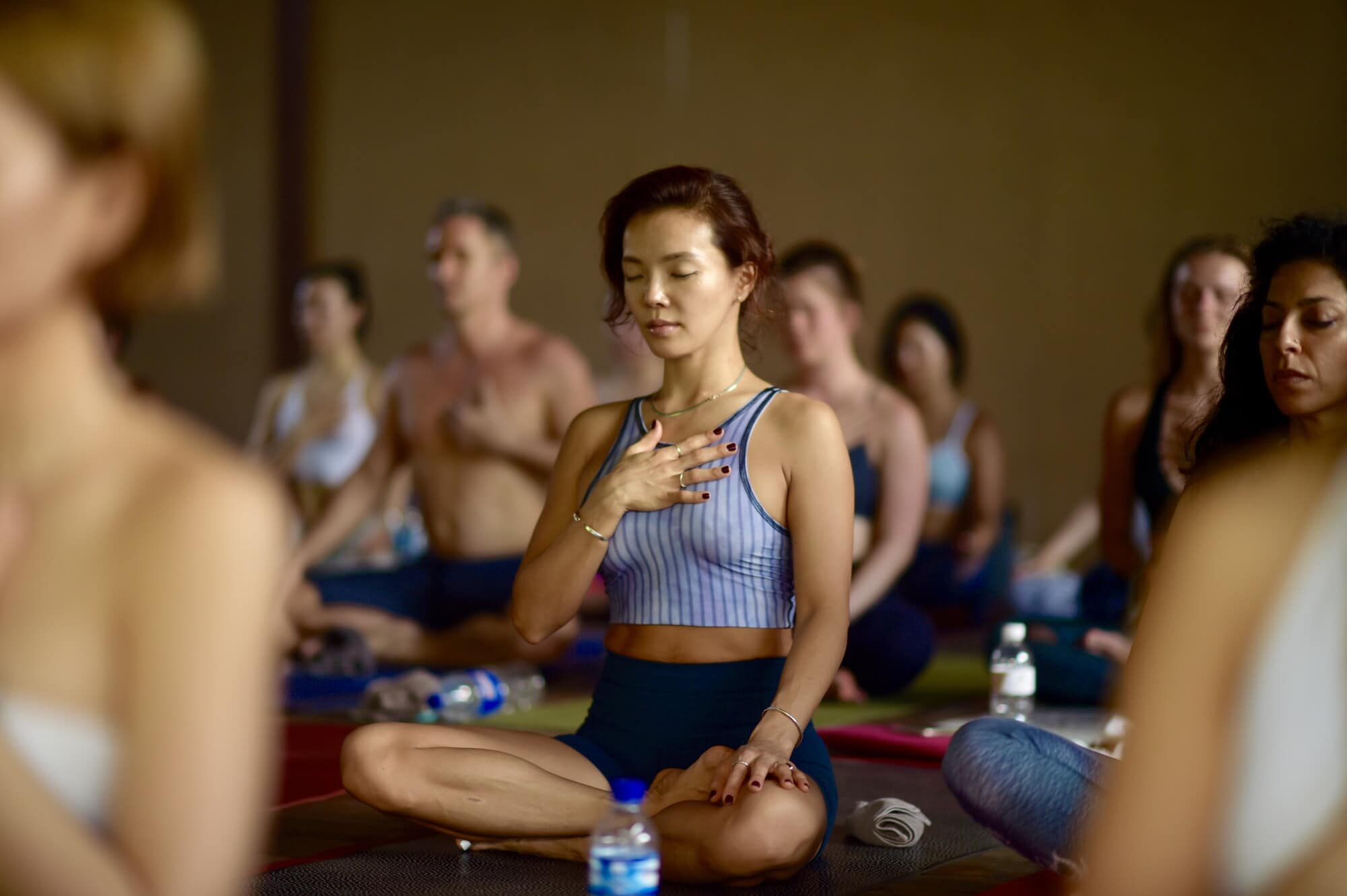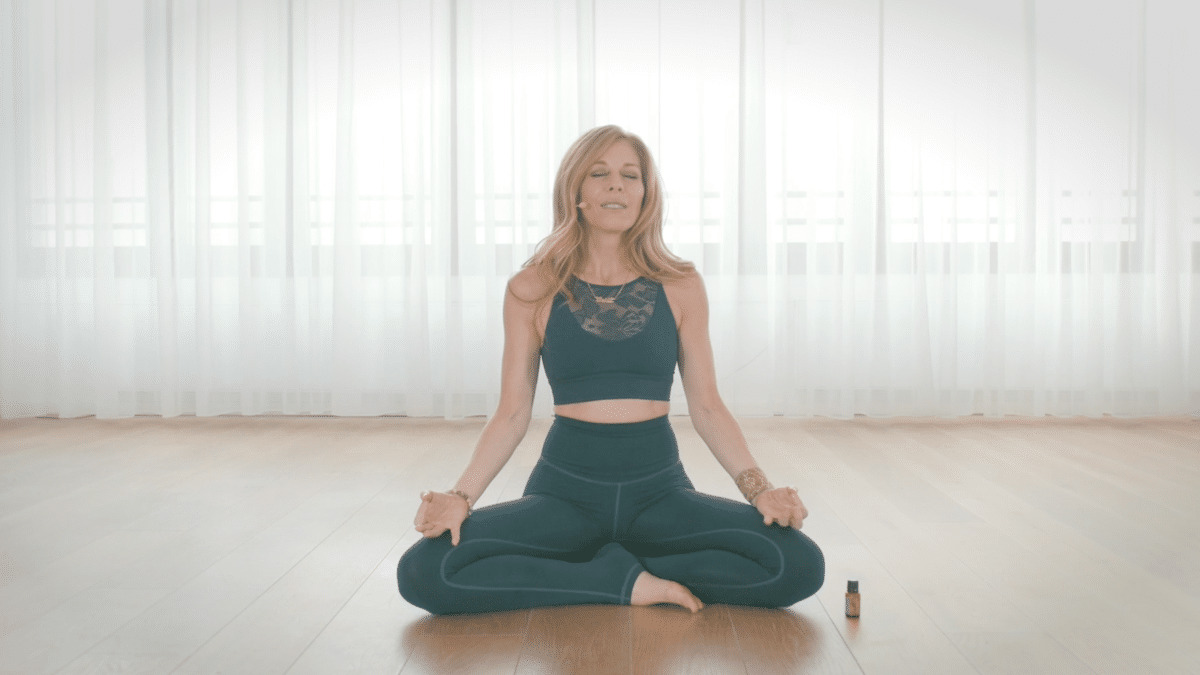When you think of yoga, the first picture that probably comes into your mind is a person sitting with crossed legs in Lotus pose or Padmasana as it’s called in Sanskrit. But how beneficial is this iconic yoga pose really?
Yoga has been around for almost tens of centuries, and it has its roots deeply situated within the Indian Subcontinent. Thanks to urbanization and the internet age, people in the West have gotten to know this meaningful practice.
Broadly, yoga has different forms and postures that focus on different outcomes for the human body. Still, this article is about the yoga pose Padmasana and its benefits for our bodies. Before you get to know the benefits of this asana, you should know what exactly it is and how to practice it.
Let’s look at Padamasa in more detail:
1. How To Get Into Lotus Pose (Padmasana)?
To know what Padmasana is, we would like to decode what it means in English. Padma means Lotus in Sanskrit, and asana means position or posture. So basically, Padmasana means Lotus Posture. And this cross-legged sitting position is one of the most recognized poses used for yoga meditation.

Padmasana or Lotus Pose is one of the most recognized mediation sitting positions. Photo: TINT Instructor Chris Su.
Here’s a step-by-step guide to getting into the Padmasana posture at home by yourself.
1. Lay down a mat on the floor, and sit on it with your legs stretched out. At the same time, keep your spine erect (almost at a 90-degree angle).
2. Bend your right leg and gently place it onto your left thigh. Now ensure that the heel of your left foot is pointing inwards towards your abdomen.
3. Similarly, repeat the above step for your left leg and make sure that the heel of that foot also points towards your abdomen.
4. Now that you have both of your legs crossed in the perfect position place your hands on your knees. Bring the thumb and the index finger to touch before placing your hands on your knees.
5. Keep your head high and spine straight.
6. Keep holding the posture with long yet swift breaths, both on the inside and the outside.
Regular yoga practice along with Pranayama and meditation practice to quieten your thoughts might relax you from your hectic work routine.
2. What are the Benefits of Padmasana?
Apart from relaxing, the Lotus yoga pose has many more benefits. Let’s explore some of them below.
2.1. Better Concentration
Suppose you are looking to increase your concentration power and ability to focus on general things around you. In that case, you should opt for Padmasana pose. It increases the concentration power of the brain by calming the nerves and helping them to focus better.
2.2. Beneficial For Females
As per the Vedas, ancient Indian books, this asana helps females preserve their natural fluids inside the body, preventing abdominal diseases. It uses specific acupuncture meridian energies to carry out the healing process effectively.
2.3. Improves Mental Health Significantly
Lasting tranquility and calmness make way into the mind and body when one performs this asana. The Mississippi University suggests that Yoga provides an edge over mental health problems such as depression, anxiety, insomnia, and chronic or acute stress.
As per their research paper, yoga poses such as Padmasana help relax the body and slow down breathing. Also, this posture helps slow down the heart rate and de-inflates the blood pressure to optimum levels.
The primary purpose of Lotus pose in yoga is to create a lasting feeling of ‘well-being’ and generate an energy that boosts the immune system for efficient functioning.
2.4. Increases Hemoglobin Count In Blood
Padmasana might also be an aid in increasing the hemoglobin and red blood cells in the blood fluid, ultimately adding up to better oxygen infusion in the body cells and enhanced functionality of the overall body.
2.5. Might be Beneficial for Pregnant Ladies
Some Ayurvedic texts suggest that the Padmasana yoga pose might be beneficial for pregnant ladies as it might help them ease their labor pain during childbirth. This asana has also been known to relieve menstrual discomfort in women of all ages.

The yoga pose Padmasana has many benefits and improves well-being. Photo by Youngsubi.
3. Which Points to Consider Before Performing Padmasana (Lotus Pose)?
If you don’t know how to get in the Lotus position all by yourself, or you don’t have a mentor, consider these pointers:
Initially, it might be problematic for you to get in the Padmasana position because you are not in practice. In such situations, you should start with Ardha Padmasana posture. If we translate the name from Sanskrit, it means Half Lotus yoga pose.
Instead of placing both the legs on the alternate thighs, you should start by placing one leg on the corresponding thigh and keeping the other leg straight.
Over time, when you get comfortable with the half bit of the position, you could start performing the full Lotus pose.

You can also opt for easier versions instead of the full Lotus pose. Photo: TINT Instructor Cristi Christensen.
You shouldn’t be doing this yoga pose if you have a sprain in your ankle or suffer from any other foot injury.
Anyone in their post-surgery period should also avoid this asana.
The same goes for back pain. If you have one, don’t opt for Lotus pose or Padmasana.
4. Where to Practice Lotus Pose (Padmasana)?
This yoga pose dates back centuries, particularly in the Southeast Asian region, more concentrated in and around the Indian Subcontinent.
While Padmasana gets its name from the pose of a lotus flower, it also does miraculous healing and wonders for the human body. However, absolute beginners should go through specific points mentioned in the article before practicing this asana.
If you want to start practicing right now, you may find your fit on TINT Yoga.
To prepare your body for Padmasana, it’s a good idea to practice some hip openers, for example in Katchie Ananda’s class Forward Bends & Hip Openers, in Ami Norton‘s class Flow for Release or in Mathieu Boldron‘s Master Flying Hip Opening.
Since Lotus pose is THE meditation sitting position, it’s best put into practice in Matt Giordano‘s 30-Day Yoga & Meditation Challenge or Chris Su‘s The Power of Deep and Mindful Relaxation.
You can start meditation straight away with this free Introduction into Yoga Meditation, which is part of Matt’s 30-day training plan.
Introduction to Yoga Meditation
A great way to set up a regular meditation routine is Matt Giordano‘s 30-Day Yoga & Meditation Challenge on TINT.
This article was provided by Liz Salvatore, a thorough and meticulous Content Analyst. She commits herself to continuous learning and focuses on sharing ideas and techniques learned from her experiences. Liz is a passionate writer who loves writing about health and wellness. She writes in a concise manner so that the information is helpful for everyone.








